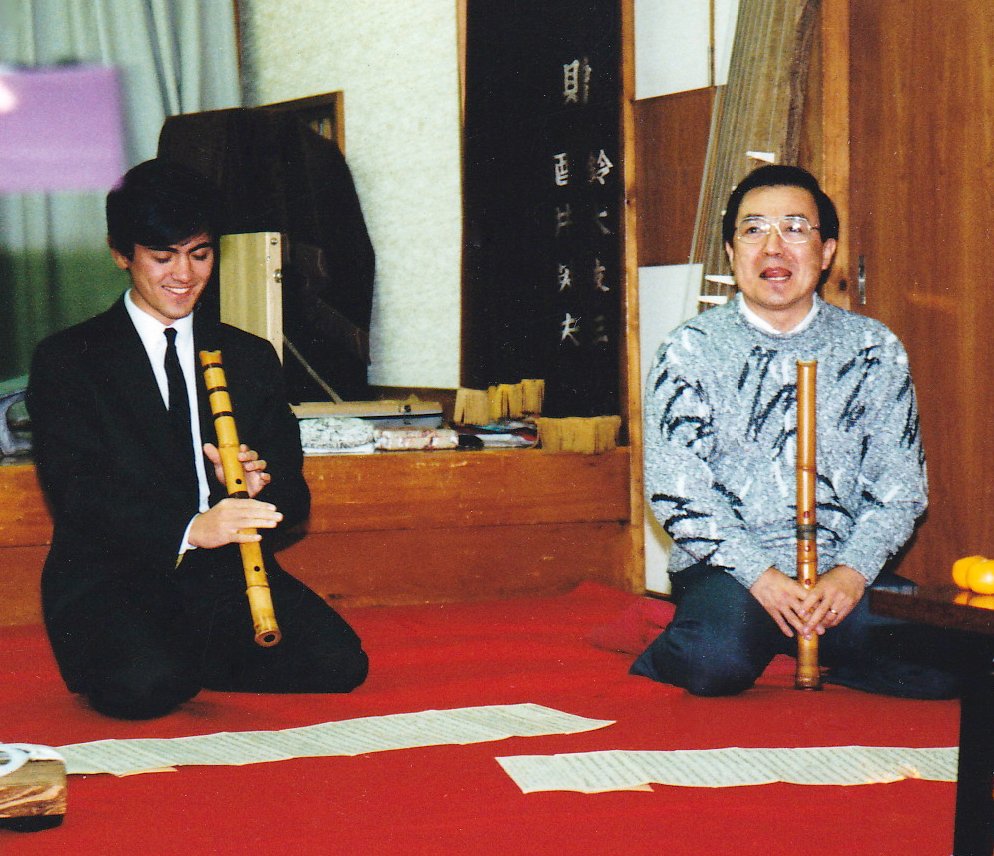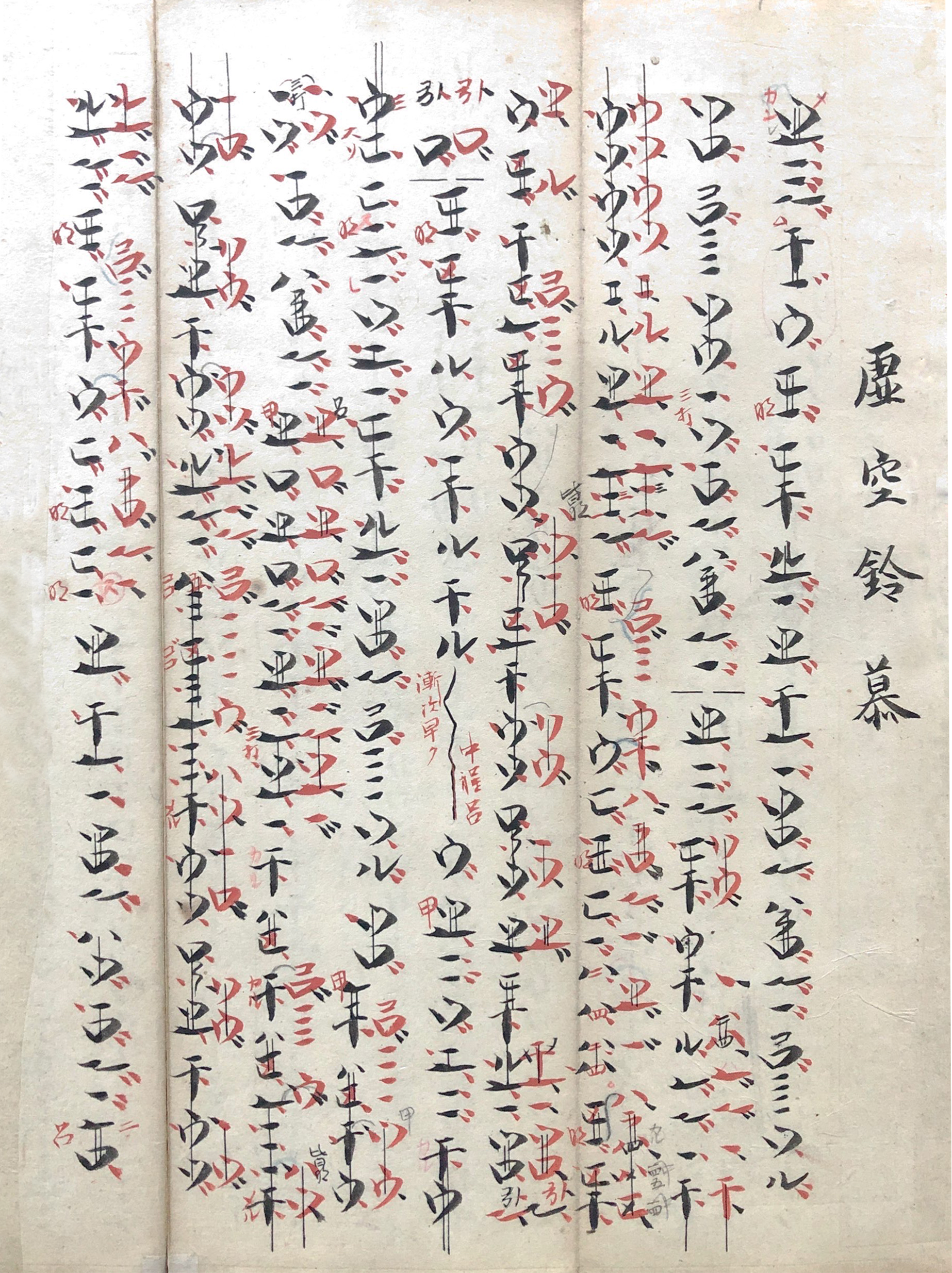
Be Part of the Kinko Ryū Shakuhachi Tradition.

Learning shakuhachi can be intimidating. Embouchure, fingering, breathing, technique, notation, and terminology may seem overwhelming, but rest assured, while it may not be easy, it certainly isn’t impossible.
It is, however, something that can’t be learned from a book. The nuances that make shakuhachi music what it is simply cannot be transcribed. This is why from whom you learn is of such great importance. Get in touch and we can find out if I’m the right fit for your shakuhachi journey.
Whether you have no previous musical experience or are a seasoned professional in another discipline, you can learn shakuhachi. Notation and terminology are in Japanese, but learning to play shakuhachi doesn’t require fluency in Japanese.
No two people learn the same way or at the same pace, and that should be celebrated.
Private Lessons
Introduction
If you’re taking up the instrument for the first time, congratulations! We have a lot to look forward to! We’ll get started with basic notation and strategies to get the best sound possible. I usually do this in the context of music rather than scales, but if scales are more your thing, that’s great!
Intermediate
You have a familiarity with the notation, and how to shape your embouchure, and maybe even a few pieces in your repertoire? Well done! Let’s expand on your scope of knowledge and move you on toward some more advanced techniques in the context of both honkyoku (solo) and sankyoku (ensemble) music.
Advanced
Good on you! Now that you’re familiar with a broader body of work, we can fill out the missing pieces from the shakuhachi canon. Revisiting pieces you may be familiar with can be a great way to further explore and expand on your shakuhachi playing.
Rates
45-60 minute lesson: $60
I’ve heard it said that I can appear dour (very solemn portraits in kimono don’t help). That image could hardly be farther from the truth. I take the music seriously, not myself.
Still some of my students have said they were reluctant to reach out to me in the first place because of the long history my family has in this tradition. My primary goal in life is to leave this world having shared as much of my family’s connection to Kinko Ryū as I can. I truly hope I have the opportunity to pass on these unique characteristics to you.
My one superpower is I am never bored, and I never lose patience no matter how much you may struggle with any given aspect of the music.
Lastly, you do not need to call me sensei. You do not need to bow. You don’t need to try to pronounce my full name. Hanz will do just fine!
A few words about me, your teacher…
Lastly: Practice…
I have many tools that I use to teach, but I can’t teach discipline. Practice is a discipline that has to come from you. Your development as a player will depend on the quality, regularity, and focus of your own practice. That being said, playing 6 hours a day isn’t the only way to get better, and often, it’s not the best way. Rest and recovery is every bit as important as playing, for your body, your ears, and your mind.
Itzhak Pearlman is a firm believer in not practicing for more than 45 minutes without taking a break. Tim O’Brien said practicing 15 minutes a day is better than 6 hours on Saturday. I wholeheartedly agree with both of these great musicians. The discipline to carve out even just 5 minutes to warm up every single day will work miracles for your growth as a shakuhachi player.



